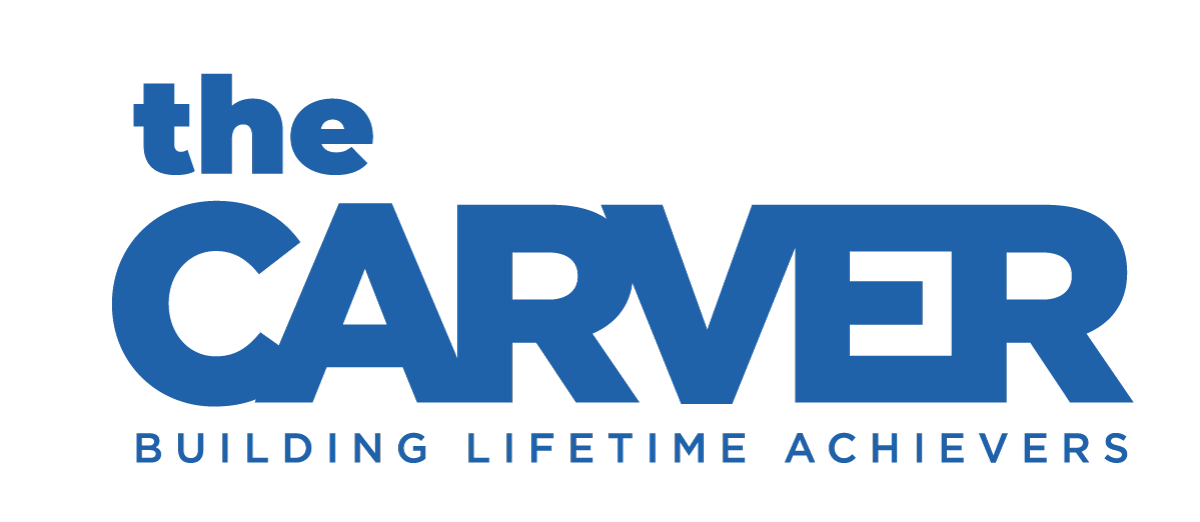You have undoubtedly heard that STEM, which stands for an educational focus in science, tech, engineering and math, is being changed to STEAM, to include the arts. Carver made this change awhile ago.
Carver students gathered in the Carver Community Center gym on May 15 to exhibit their STEAM creations.
See all the photos of the showcase here in our Facebook album.
Bridgeport’s Classical Studies Magnet School students presented their Delivery Drone. The students had to make predictions on how adding weight affects flight time and battery life.
Carver Community Center after school student presented their coding projects that they completed over this past academic school year.
The panel of judges discussing the merits of each student presentation. L-R: Clinton Hamilton, COO; Jacqueline Roberson, Social Worker; Fred Wilms, Carver board member; ad Elsie Lopez, Executive Administrator
Nathan Hale Middle School explored printmaking using different mediums. They also presented rocketry and showed a video of their rocket launch.
Ponus Ridge Middle School demonstrated their model version of an automated car using basic concepts of artificial intelligence.
Roton Middle School presented their FIRST Lego League robots.
Side By Side Charter School students presented their cake making and decorating, and they also demonstrated their video game designs.
And West Rocks Middle School demonstrated their Egg Car Crash Project!
This year’s panel of judges were Carver board member, Fred Wilms, and Carver staff Clinton Hamilton, Elsie Lopez, and Jacqueline Roberson.
We were really impressed with each of the projects that the teams showcased. It is evident that the students are having a good time as well as working hard in their respective programs. Below is the list of the awards and prizes that each of the teams received.
Best overall Project - CSMA Bridgeport’s Drone Flight Predictions
Most Challenging Project - Nathan’s Rocketry
Top Presentation - Roton’s Robotics
Most Innovative Project - West Rocks’ Egg Crash
Best Display of Team Work - West Rocks’ Robotics
Project Orginality - Carver Jr. YDP’s Computer Coding
Most Enthusiastic Presentation - Side by Side’s Cake
Decorating and Video Game Design
Most Creative Project - Nathan Hale’s Exploring Print Making
Team that Displayed Great Sportsmanship/Motivation - Ponus’ Autonomous Car
The US Department of Education reports that the number of STEM/STEAM jobs in the United States will grow by 14% from 2010 to 2020, growth that the BLS terns as “much faster “ than the national average of 5-8 % across all job sectors.
Computer programming and IT jobs top the list of the the hardest to fill jobs, according to a recent study done by McKinsey. Despite this, the most popular college majors are not STEAM related.
“The number of graduates in the STEM fields is growing. Only .8% annually” according to the same Mckinsey study. So how can we get more kids involved in STEM, and create a strong and able workforce?
By teaching STEAM, of course.
The inclusion of the arts component into STEM makes it more fun to learn, and more approachable to kids. A child who has never seen code or computer science learning will be less intimidated and more engaged if it includes something they are familiar with, like an art component, whether that is learning it on an interface that uses a creative component to teach it, or whether they are learning computer science by actually creating something.
Classical Studies Magnet School students



